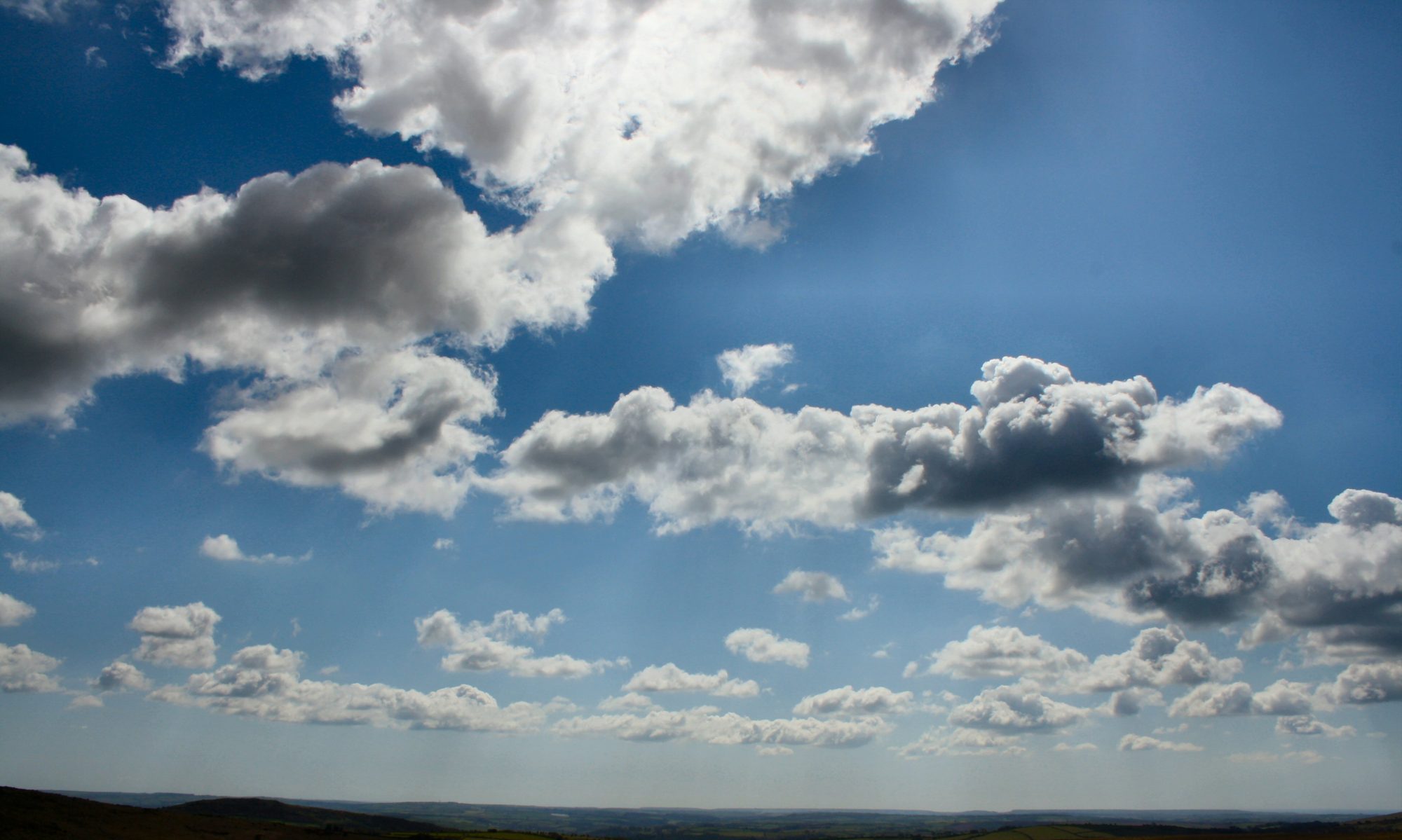 and the butterflies, moths, beetles and hoverflies …… which in turn feed the bats, birds, hedgehogs and so on and so forth! (with thanks to Lucy Smerdon for her original wildflower drawings)
and the butterflies, moths, beetles and hoverflies …… which in turn feed the bats, birds, hedgehogs and so on and so forth! (with thanks to Lucy Smerdon for her original wildflower drawings)
You may have noticed that the grass verges have recently grown a bit, erm, wild! Fear not fellow villagers, this is deliberate and with the agreement of the Parish Council. This is one of our first projects as Wildlife Wardens to see what we can do to support our local wildlife in Bridford. The aim being to provide food (pollen, nectar and seeds) for a variety of herbivorous animals which will in turn provide food for omnivorous and carnivorous predators further up the food chain. It may only be a small patch in a large patchwork, but our hope is that this patch (the verges), along with other patches in the countryside (such as gardens, hedgerows, woodlands, wildflower meadows) will form a network of habitats that can provide a corridor for wildlife to move freely through the land and to provide food, shelter and breeding habitats, particularly as they may need to spread and adapt as climate change effects the environment around us.
So, what have we got so far? We took a stroll along the verges in May to find out. We counted over 40 wildflowers, our favourites being knapweed, cinquefoil and herb robert (pictured), alongside lady’s smock, common cat’s-ear, ox-eye daisy, yarrow and many more. We are so pleased to see so many flowers in bloom, but the grasses definitely dominate the scene. In an attempt to suppress the grasses and allow the wildflower to compete, at the end of the season we shall be sowing yellow rattle (aka hay rattle), an annual that parasitises grass species. We will report back with our results next spring!
We would love to hear what you are doing within your own “patch” to support wildlife. Why not enter our Wildlife Garden Competition? Closing date is tomorrow 30th June so be quick!
https://form.jotform.com/kittyindevon/wildlife-gardening-competition


